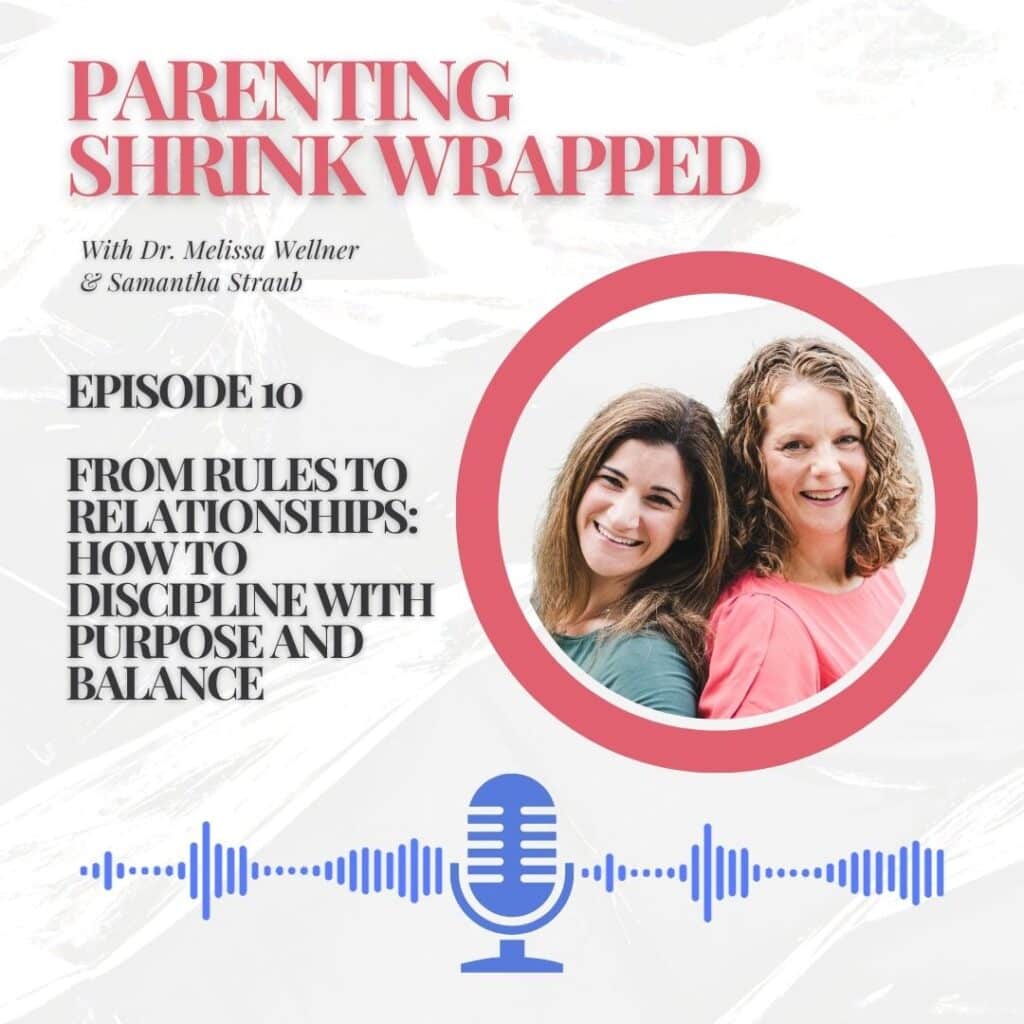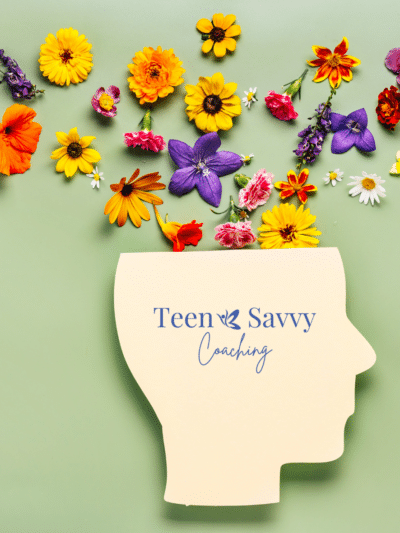It’s not just parents who need to understand the difference between punishing and disciplining teens and tweens.
It was a crummy day here in Maryland last Friday—cold, grey, and drizzling. My Mazda was covered in muddy truck tire spray from the highway.
As I drove, I noticed that my right windshield wiper was coming apart. Great. That meant I’d need to figure out how to fix it—maybe by watching a YouTube video or getting an in-person tutorial at AutoZone. (Seriously, adulting is so un-glamorous.)
I was heading to a workshop at the Chesapeake Bay Foundation. It was the final session in a series for new teachers hosted by the Association of Independent Maryland Schools, and I’d been asked to speak on a topic that I know is top-of-mind for every parent of a teen: classroom management. Specifically, how to recognize and roll with student resistance—something that both teachers and parents have to navigate with their kids.
The trick for teachers (and parents) is learning to avoid the knee-jerk reaction to convince or punish kids when they push back. Instead, the key is employing simple communication strategies that maintain the connection while addressing the resistance.
I know you, as a parent, have probably been there. It’s tempting to step in and tell your teen how to fix things when they mess up, whether it’s through reasoned explanations, threats, or jumping straight to consequences.
But what if I told you that true discipline isn’t about control—it’s about teaching?
In the latest episode of Parenting Shrink Wrapped, Dr. Melissa Wellner and I dive deep into how to discipline with purpose—using a framework that helps you teach your teen valuable life skills rather than just enforcing compliance. Here’s what we cover:
1. Discipline vs. Punishment
Discipline comes from the word “disciple,” which means student. It’s all about guiding and teaching, not just punishing. When you ground your teen without discussion or send them to their room, they may comply—but they’re not actually learning anything. Instead, effective discipline focuses on teaching self-regulation and decision-making.
2. The Four Reasons to Set Boundaries
Before you enforce a rule, ask yourself:
✔️ Safety – Is this about keeping my teen safe?
✔️ Family Values – Does this reflect the values we want to instill?
✔️ Skills – Is my teen equipped with all the tools she needs to handle a similar situation in the future?
✔️ Relationship – How does this affect our connection?
Not every boundary will check all four boxes, but over time, they should all be part of your discipline approach.
3. Letting Natural Consequences Do the Teaching
If your teen doesn’t study for a test, they might fail. If they forget their homework, they face the teacher’s consequences. Letting natural consequences play out teaches responsibility—without you being the “bad guy.” But this requires distress tolerance—it’s hard to watch your kid struggle-especially if the consequences scare you, too, but standing by helps your kids to grow.
4. The Right Way to Give Praise and Correction
Praise and discipline should both be done privately. Public praise can backfire if it makes siblings resentful, and public discipline can embarrass your teen. The exception? When a family norm has been broken—everyone should see that you’re addressing it. For example, if one sibling hits another, you as the parent need to step in and say, in front of both parties, “We do not hit in this household. That’s not an acceptable way to solve a problem.” Then you can take the offender into another room for a conversation. The victim doesn’t need to know what you’re saying, but the victim can rest assured that the issue is being addressed.
By shifting from a punishment mindset to a teaching mindset, you can create a home environment where your teen learns and grows—without damaging your relationship.
🎧 You can listen to the full episode here.

P.S. Struggling with these tough conversations? Grab my free video guide, How to Have a ‘You Screwed Up’ Conversation With Your Teen. In it, you’ll discover my signature L.O.V.E.D. framework for turning confrontations into conversations








 Navigating Mental Health Care for Kids and Teens
Navigating Mental Health Care for Kids and Teens
Leave a Reply